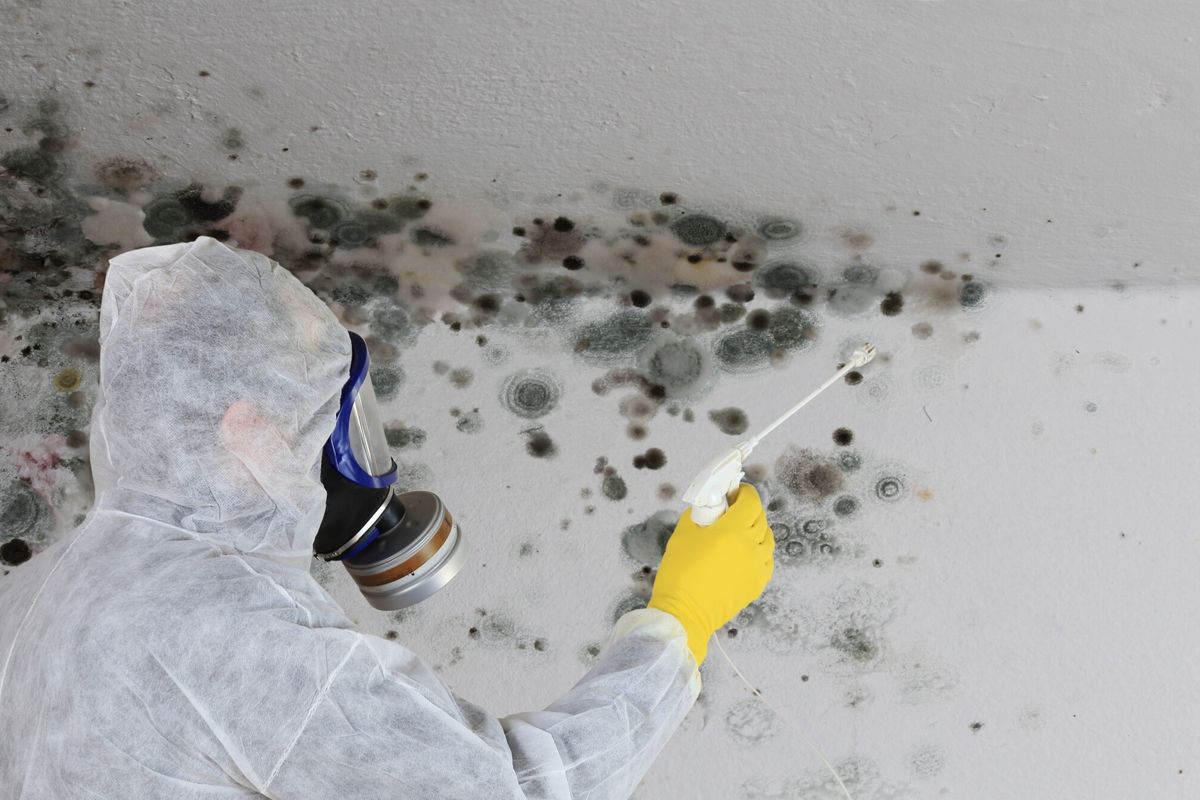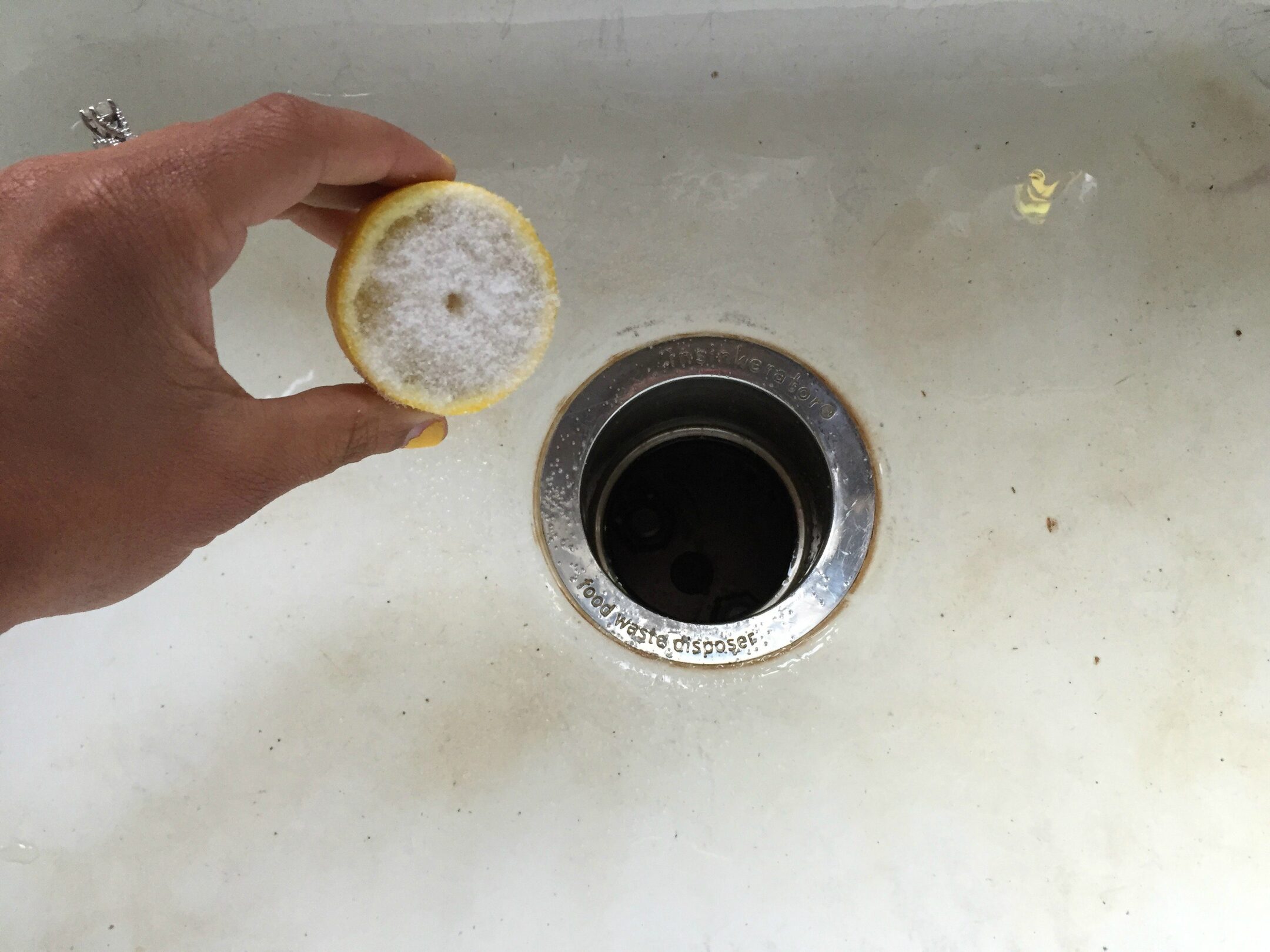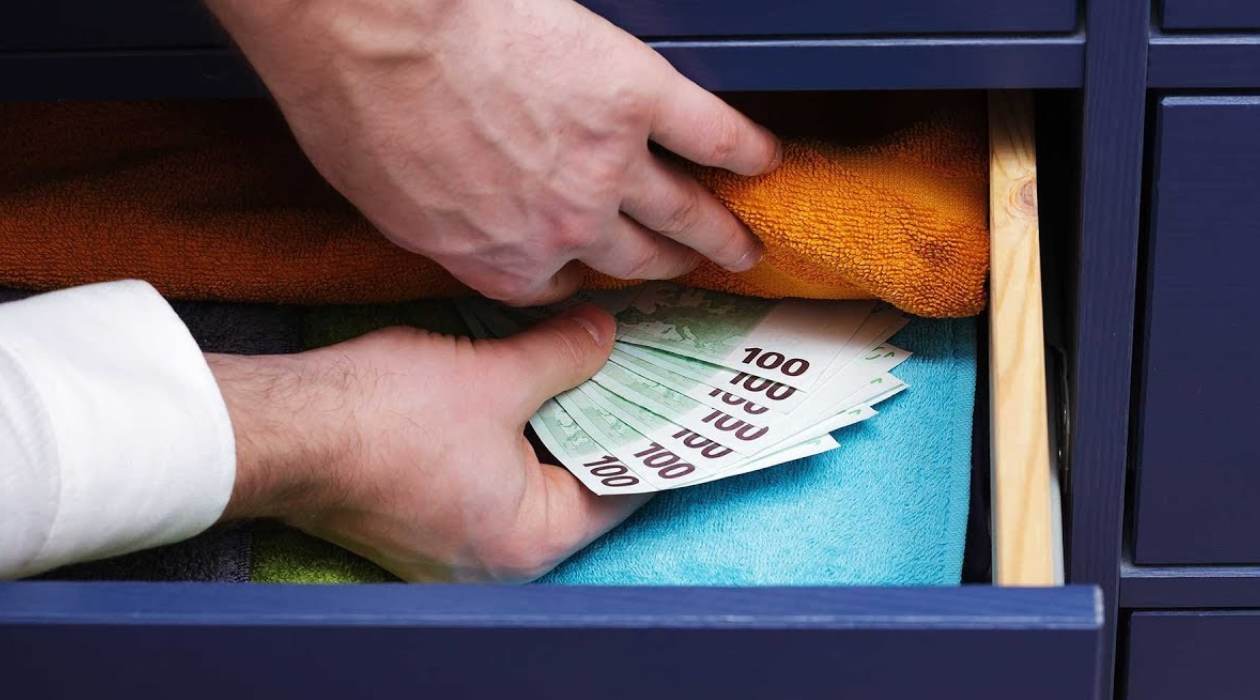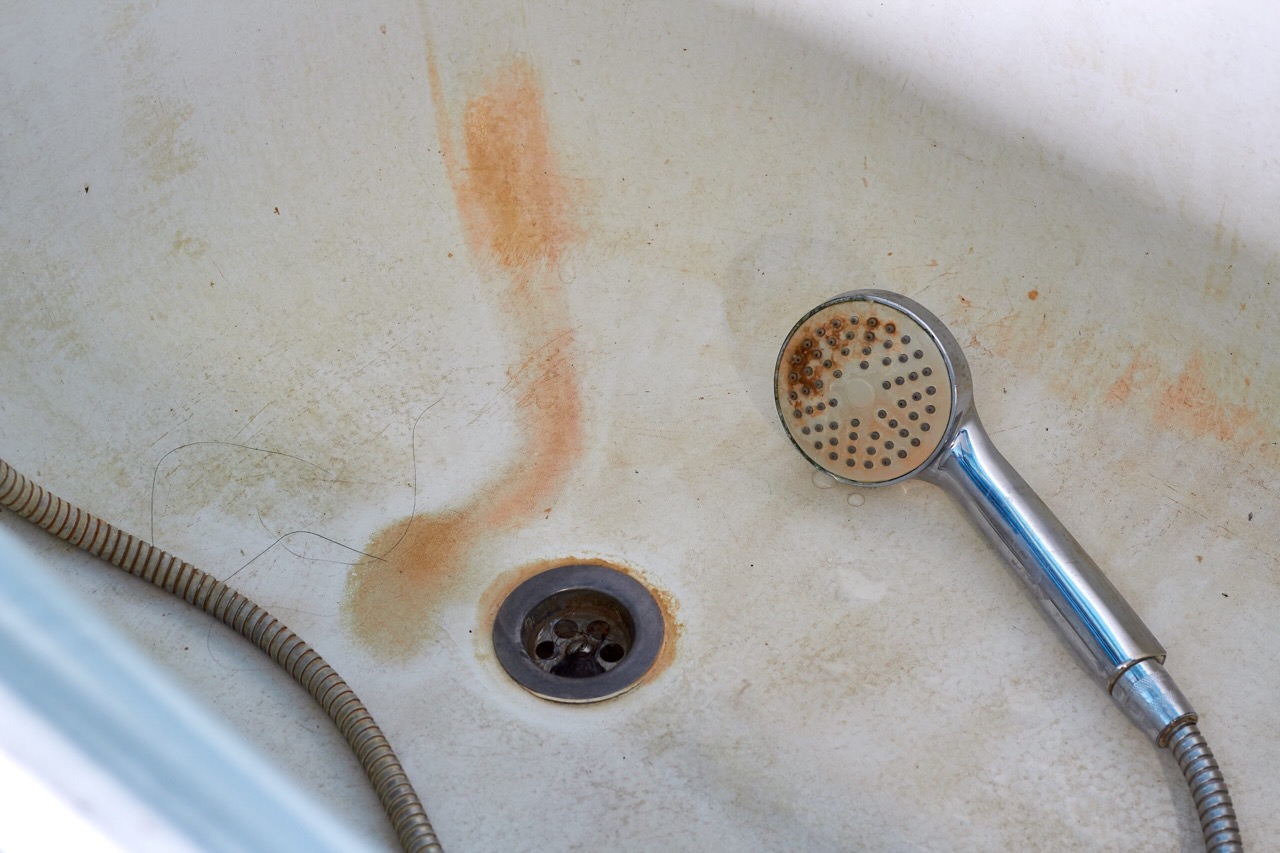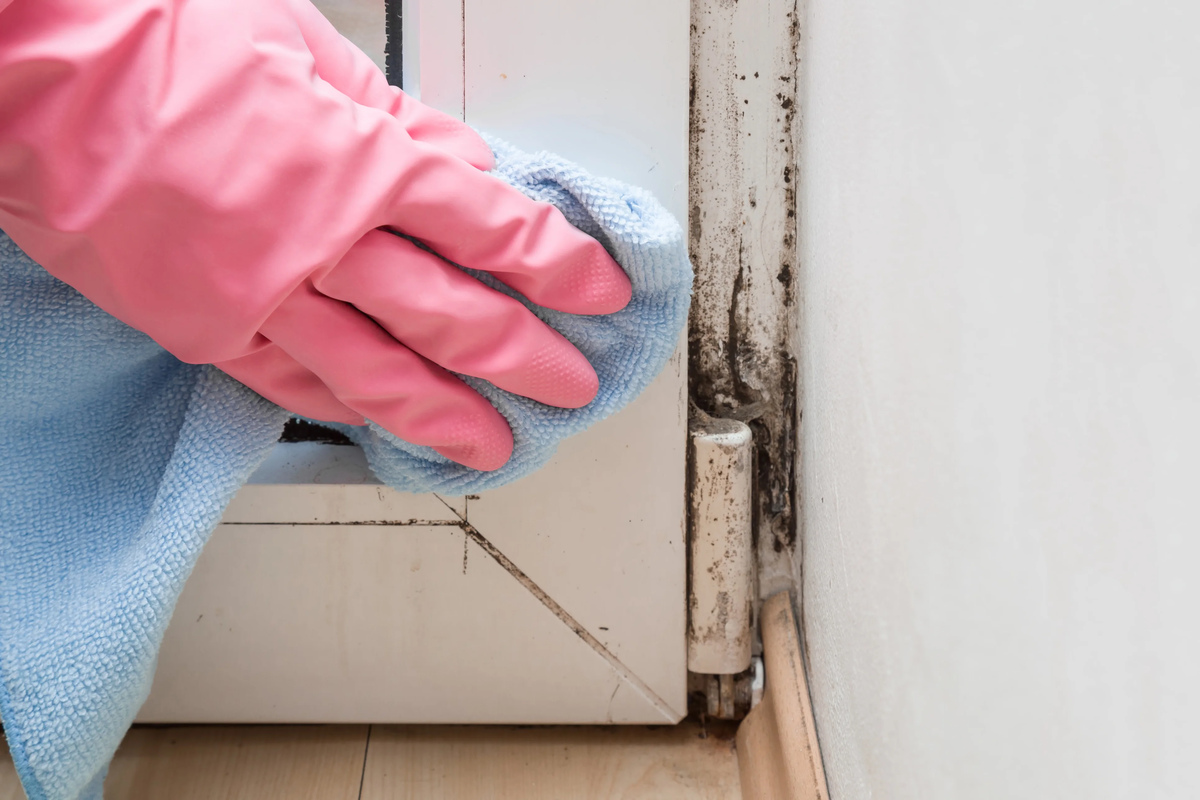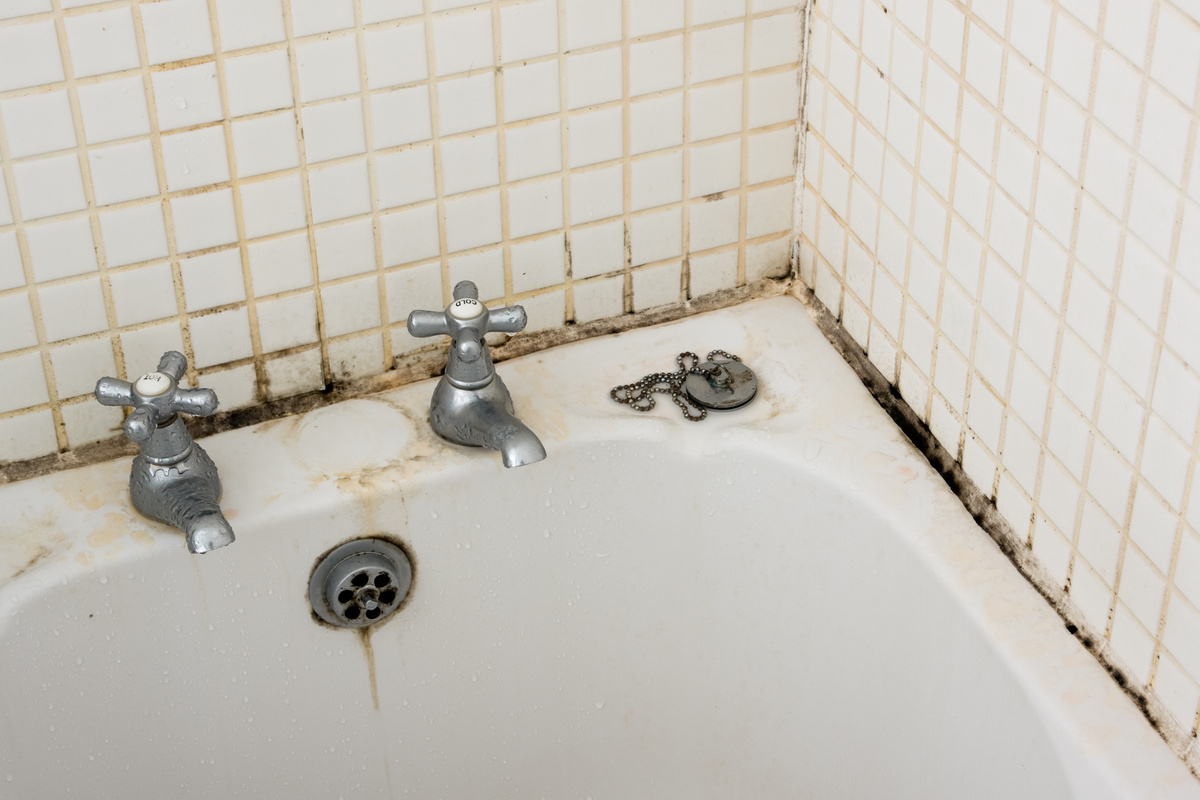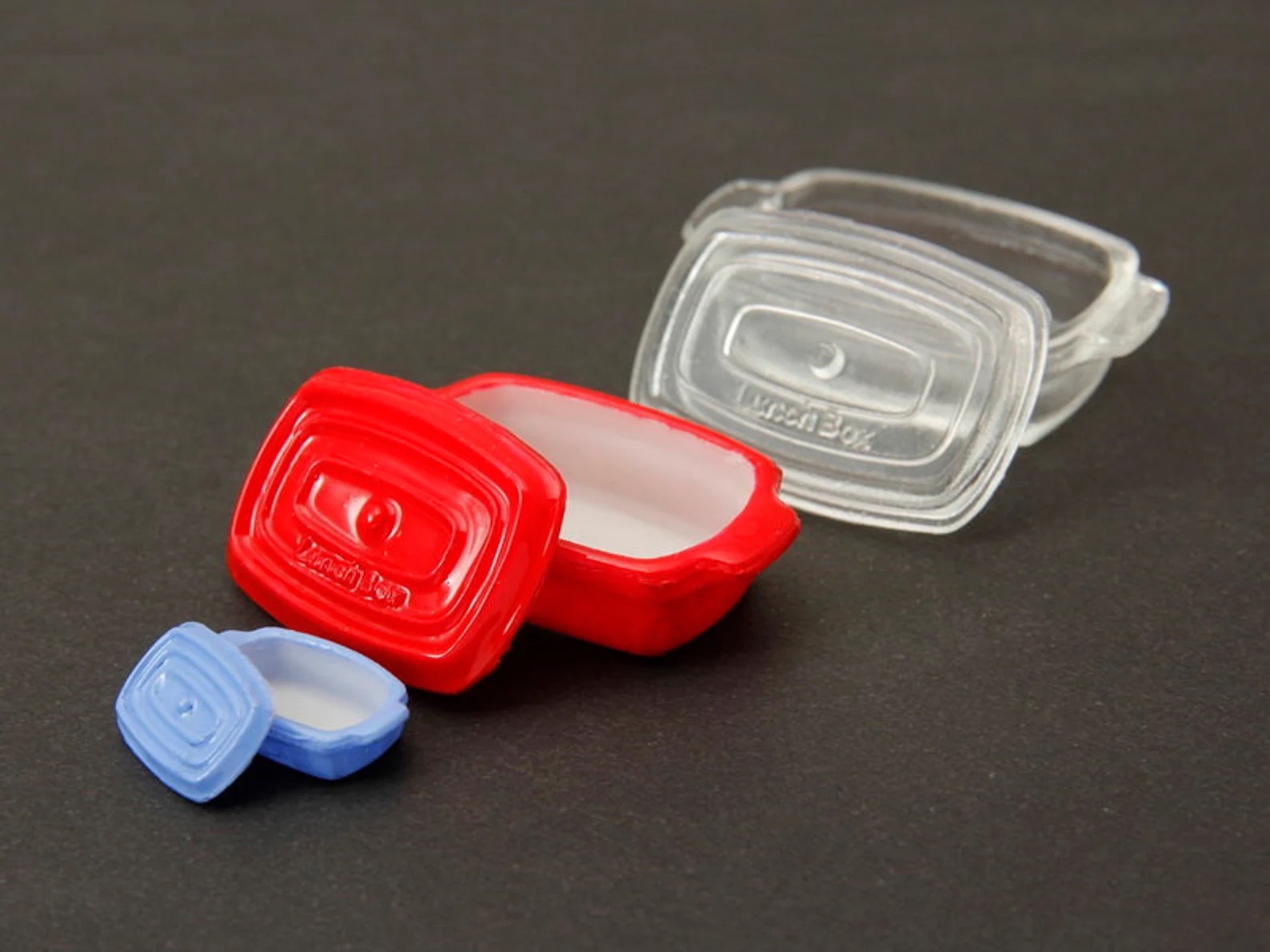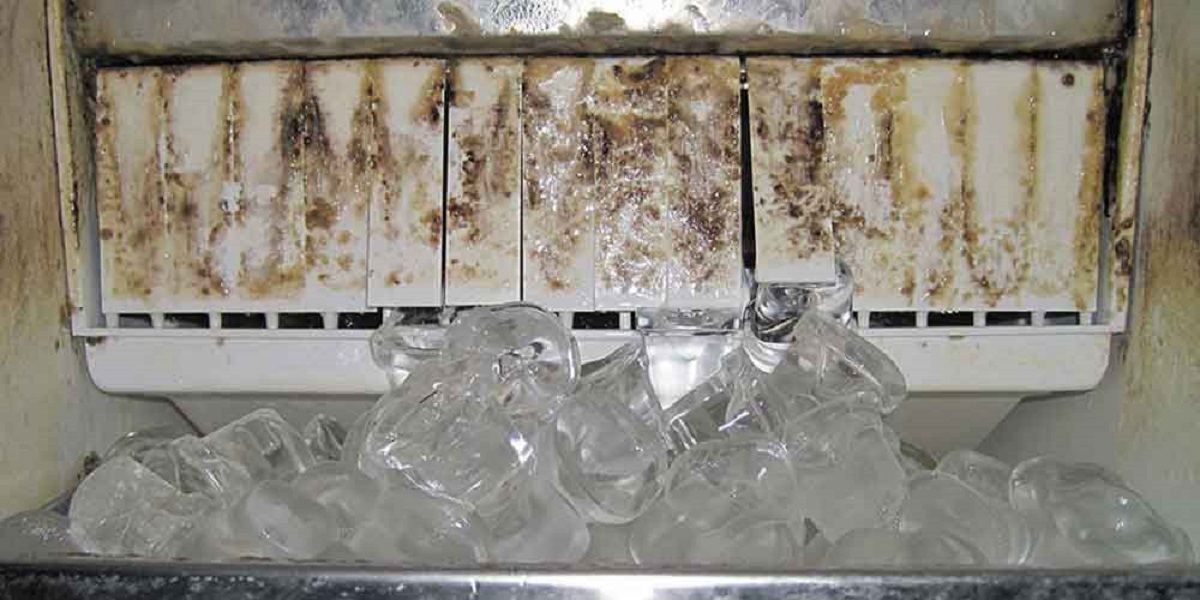Home> Mold Prevention
Mold Prevention: Your Ultimate Guide to a Mold-Free Home!
Learn effective strategies for mold prevention in your home. Follow our ultimate guide to keep your home mold-free and maintain a healthy living environment.
How To Get Rid Of Black Mold: 6 Expert Tips To Remove Mold At Home
By: Oliver Mitchell • Interior Design
6 Bathroom Renovation Mistakes Making Your Cold Bathroom Moldy
By: Olivia Parker • 50 Best Bathroom Storage Ideas Of All Time
